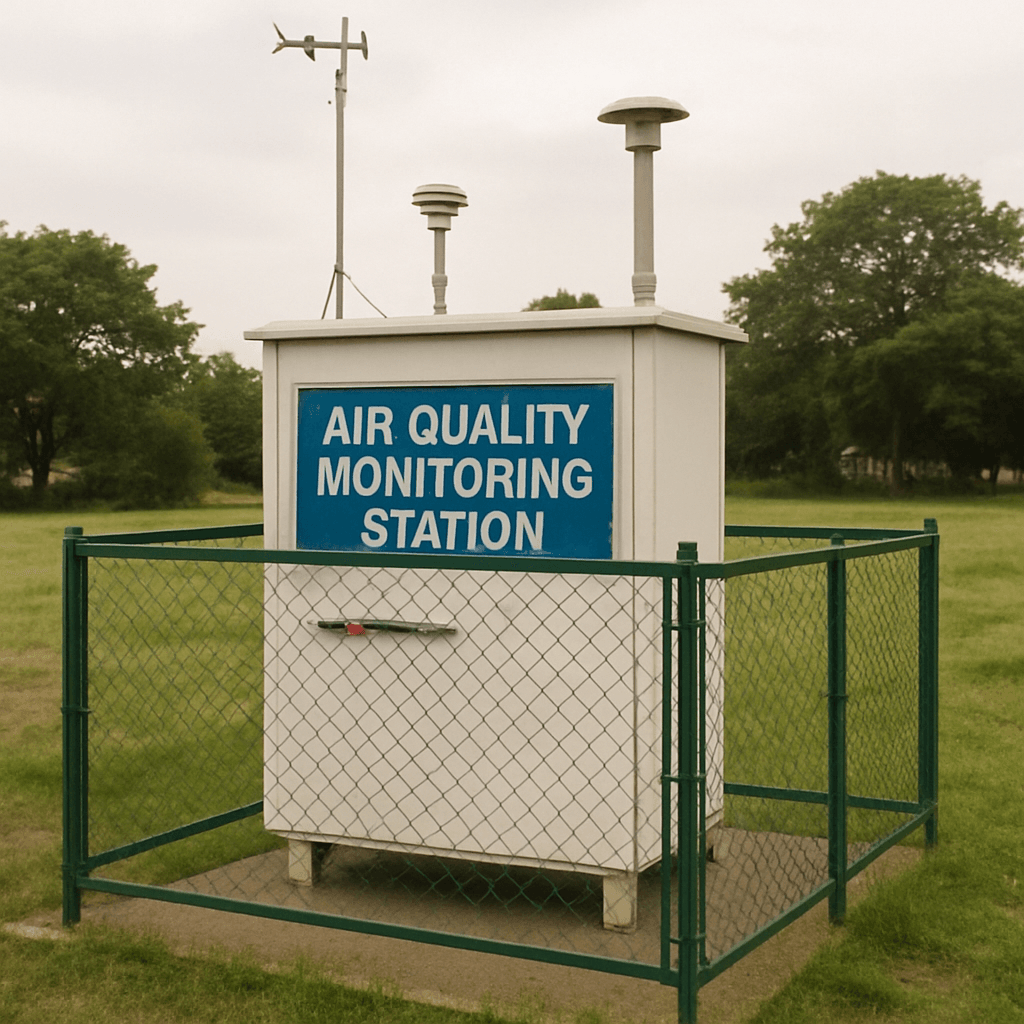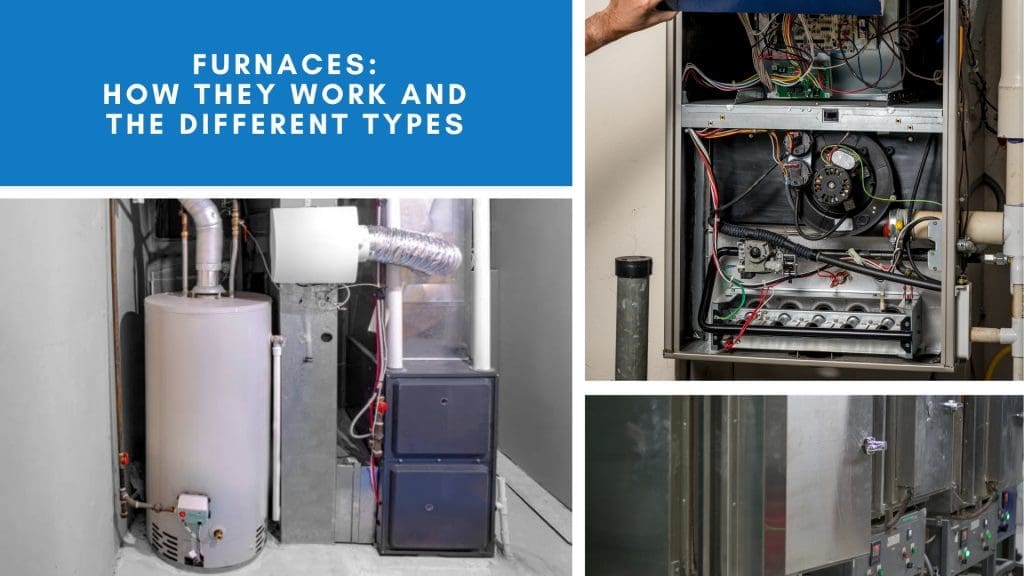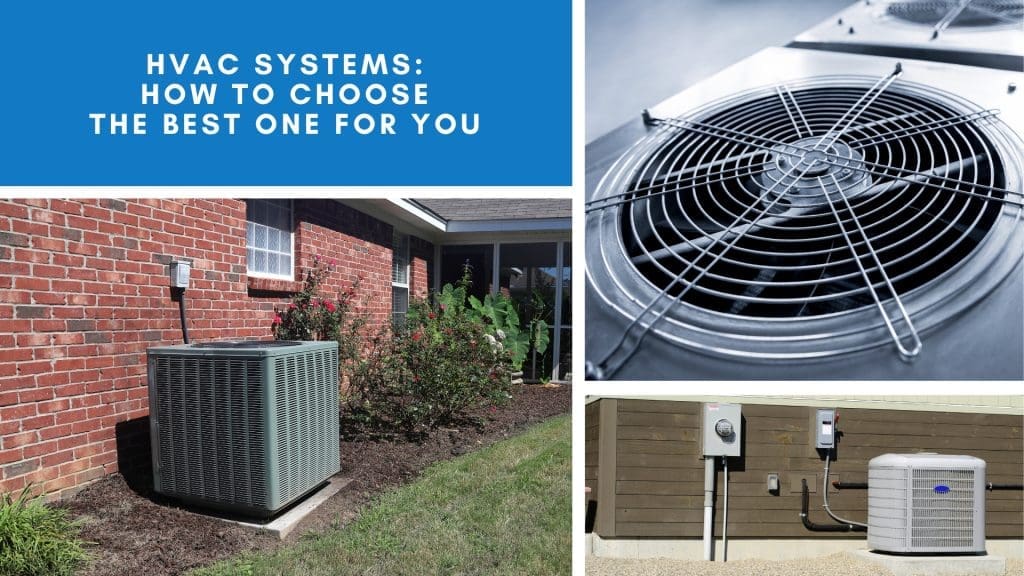Los Angeles is known for its vibrant culture and sunny weather. But there’s another side to this bustling city. The air quality can often be a concern.
Understanding AQI levels in Los Angeles is crucial for residents. The Air Quality Index, or AQI, measures air pollution levels. It helps us know when the air is safe to breathe. Learning how AQI Affects our daily life and health is essential for making smart decisions about outdoor activities and home air quality.
Poor air quality can affect our health in many ways. It can cause short-term issues like headaches and fatigue. Long-term exposure can lead to more serious health problems.
In Los Angeles, air quality can vary greatly. Factors like traffic and weather play a big role. Some days, the air is clear and fresh. Other days, it can be quite polluted.
Knowing the AQI can help you make informed decisions. It can guide you on when to stay indoors. It can also help you protect your family’s health.
As a local HVAC professional, I understand these concerns. I’m here to help you navigate air quality issues. Together, we can ensure your home remains a safe haven.
What Is AQI? Understanding the Basics
The Air Quality Index (AQI) is a tool used to measure air pollution levels. It provides a simple, easy-to-understand scale. This helps individuals make informed decisions about their health.
AQI values range from 0 to 500. Lower values indicate cleaner air, while higher values suggest more pollution. The AQI considers several key pollutants.
Here’s a quick breakdown of AQI categories:
- 0-50: Good, air quality is satisfactory.
- 51-100: Moderate, air is acceptable.
- 101-150: Unhealthy for sensitive groups.
- 151-200: Unhealthy, everyone may begin to experience health effects.
- 201-300: Very unhealthy, health alert issued.
- 301-500: Hazardous, emergency conditions.

These AQI categories help us understand the impact of air quality. By checking the AQI, residents can take action to protect themselves. It’s especially important for people with health conditions.
Knowing the AQI in Los Angeles is valuable information. It empowers you to decide on outdoor activities. Staying informed about air quality can improve your overall wellness.
Understanding AQI also provides insights into pollution trends. It shows how daily life in LA may contribute to air quality changes. This knowledge can lead to more environmentally-conscious decisions.
How AQI Is Measured in Los Angeles
Measuring AQI in Los Angeles involves advanced monitoring techniques. The region uses a network of air quality sensors. These sensors provide real-time data on air pollution.
These monitors track several major pollutants. They include ozone, particulate matter (PM2.5 and PM10), carbon monoxide, sulfur dioxide, and nitrogen dioxide. This data is crucial for calculating accurate AQI levels.
The Air Quality Management District (AQMD) oversees these monitoring activities. They play a pivotal role in ensuring data accuracy. Their efforts help maintain public health standards.
Here’s how the AQI measurement process typically works:
- Data Collection: Sensors collect pollution levels across different sites.
- Data Analysis: The gathered data is analyzed to determine AQI values.
- Public Notification: AQI levels are shared with the public through various platforms.

Real-time updates are accessible through websites and mobile apps. This allows Angelenos to stay informed. Armed with this data, they can make better health and activity choices daily.
Staying informed about how AQI is measured helps in understanding overall air quality. It highlights the importance of monitoring pollution sources and their impact on day-to-day life.
Common Air Pollutants in LA and Surrounding Areas
Los Angeles and nearby areas face several common air pollutants. These pollutants mainly come from vehicle emissions and industrial activities. Understanding them can help you better manage health risks.
The primary air pollutants include ozone and particulate matter (PM). Ozone forms when pollutants from cars and power plants react with sunlight. It’s a major component of smog in LA.
Particulate matter, especially PM2.5, is another concern. These tiny particles can penetrate deep into your lungs. They come from construction sites, unpaved roads, and burning of fossil fuels.
Other notable air pollutants include:
- Nitrogen Dioxide (NO2): Produced by vehicles and power plants.
- Sulfur Dioxide (SO2): Results from burning fossil fuels.
- Carbon Monoxide (CO): Emitted from vehicles and industrial processes.

Staying aware of these pollutants is crucial. Reducing exposure can help protect your health, especially during high-AQI days. Always check local air quality updates to keep informed and safe.
Why Is Air Quality Bad in Los Angeles Today?
Los Angeles often experiences poor air quality. Several factors contribute to this issue. Understanding these can help you stay informed.
Weather conditions play a significant role. Lack of wind can trap pollutants over the city. This worsens air quality, especially during warmer months.
Geography also impacts air quality. LA is surrounded by mountains, which can trap pollution. This creates a “bowl effect,” making it hard for pollutants to disperse.
High traffic is another major contributor. With countless vehicles on the road, emissions increase. This directly affects the Air Quality Index (AQI).
Some days, industrial activities and wildfires add to the problem. Wildfire smoke, in particular, can severely degrade air quality. It’s crucial to stay updated on current conditions.
Factors contributing to bad air quality in LA include:
- Weather conditions
- Geographical factors
- Heavy traffic
- Industrial activities
- Wildfires

Awareness and preparedness are key. Check air quality reports regularly. Being informed helps you take action to protect your health and well-being.
AQI Levels Across Southern California: Palm Springs, Bay Area, Orange County, and More
Air quality varies across Southern California. Each region faces unique challenges. Understanding these can enhance your well-being.
In Palm Springs, desert winds can affect the air quality index. Dust storms and particulates can lead to spikes in pollution levels. Staying updated on such changes is crucial.
The Bay Area often contends with its own set of issues. Industrial emissions and traffic congestion contribute to fluctuating AQI levels. This can impact daily activities for residents.
Orange County experiences seasonal variations. Temperature changes and ocean breezes affect air quality. Monitoring these patterns helps in planning outdoor activities safely.
Here’s a quick look at AQI factors for these regions:
- Palm Springs: Dust storms and wind
- Bay Area: Industrial emissions and traffic
- Orange County: Seasonal and temperature variations
Stay informed on air quality trends. Reliable sources provide daily updates. This knowledge empowers you to make healthier choices for you and your family.
How AQI Affects Your Health: Short and Long-Term Impacts
Air quality significantly influences our health. Poor AQI can lead to a variety of health issues. Understanding its impacts helps in taking preventive measures.
Short-term effects are often immediate. Exposure to high AQI may cause headaches and eye irritation. Additionally, some might experience throat discomfort or a runny nose.
In the long run, the effects can be more severe. Prolonged exposure can exacerbate respiratory conditions like asthma. It may also increase the risk of heart disease.
Certain pollutants are more harmful than others. Particulate matter and ozone are known to have adverse effects. Keeping an eye on these can help manage health risks.
Consider these potential health impacts:
- Short-Term: Headaches, eye irritation, throat discomfort
- Long-Term: Respiratory issues, heightened heart disease risk
Knowing these impacts is empowering. By staying informed about AQI levels, we can better protect ourselves and our families. Simple actions, such as staying indoors on bad air days, can make a difference.
Sensitive Groups: Who Needs to Be Extra Careful?
Certain groups are more vulnerable to poor air quality. This means they need to take extra precautions when AQI levels rise.
Young children fall into this category. Their lungs are still developing, making them more susceptible to pollutants. Even short exposures can lead to respiratory issues.
Older adults are also at risk. As we age, our bodies are less efficient at dealing with pollution. This can lead to an increased risk of cardiovascular and respiratory problems.
People with pre-existing health conditions also need to be cautious. Respiratory diseases like asthma and COPD can worsen with poor air quality.
Here’s a quick list of sensitive groups:
- Children
- Older adults
- Individuals with respiratory conditions

Staying informed can make a big difference. Check local air quality reports to know when to stay indoors. It’s about protecting those who need it most.
How to Check Air Quality in LA and Nearby Cities
Staying informed about air quality helps keep your family safe. Thankfully, several resources can give you real-time AQI information.
One way to check air quality is through websites and apps. Popular options include AirVisual and AQICN, which provide updates for locations across Los Angeles and beyond. They help you plan your day around air quality.
You can also check local news updates. Many outlets offer timely air quality reports, especially during wildfire seasons or bad air events.
Popular AQI Resources:
- AirVisual app
- AQICN website
- Local news broadcasts
Knowing the AQI before you step out can guide your outdoor activities. Always prioritize your health by staying updated.
What to Do When AQI Is High: Tips for Homeowners and Families
When AQI levels rise, safeguarding your family’s health becomes crucial. There are a few simple but effective steps you can take.
Firstly, limit outdoor activities, especially for children and seniors. Staying indoors reduces exposure to harmful pollutants.
Ensure your home is a safe haven by keeping windows and doors shut. This prevents outdoor pollutants from entering your living space.
Consider using air purifiers inside your home. They can help reduce indoor pollutants, improving air quality indoors.
High AQI Action Plan:
- Limit outdoor activities
- Keep windows and doors closed
- Use air purifiers
Staying hydrated and eating healthy can also help your body fend off pollutant effects. Always keep an eye on updated AQI levels to adjust your plans accordingly. Your family’s health is a priority, especially on days with poor air quality.
Protecting Your Indoor Air Quality: HVAC Tips from a Local Pro
Indoor air quality is crucial, especially when outdoor AQI levels are high. Your HVAC system can be your best ally in maintaining a clean indoor environment.
Regular maintenance of your HVAC system is essential. Ensure filters are replaced every 1-3 months to prevent dust and allergens from circulating.
Consider upgrading to HEPA filters for better filtration. These filters can capture more pollutants, which helps keep your indoor air cleaner.
HVAC Maintenance Tips:
- Replace filters regularly
- Consider HEPA filter upgrades
- Schedule professional maintenance checks
It’s wise to schedule a professional HVAC check-up at least once a year. A professional can spot potential issues before they become significant problems. Our team at LC Heating and Air Conditioning in Hollywood is ready to assist you. Contact us at (818) 858-7080 for quality service and advice. Keeping your indoor space safe and comfortable is vital. With proper HVAC care, you can breathe easier regardless of outdoor conditions.
When to Call a Professional: Keeping Your Home Safe and Comfortable
Knowing when to call in a professional can make all the difference. It ensures your HVAC system runs efficiently and safely. You may notice uneven heating or cooling, unusual noises, or a spike in energy bills—these are signs that need expert attention.
Trying DIY repairs can sometimes worsen the problem, costing more in the long run. It’s often best to let professionals handle complex issues. Their expertise guarantees the job is done right the first time.
Signs You Need Professional Help:
- Uneven temperatures in your home
- Strange noises from your HVAC system
- Increased energy bills without explanation
At LC Heating and Air Conditioning Hollywood, we prioritize your comfort and safety. Feel free to reach out to us at (818) 858-7080. Whether for routine maintenance or urgent repairs, we’re here to ensure your home remains a cozy haven.
Conclusion: Stay Safe, Stay Informed, and Breathe Easy in LA
Understanding AQI levels empowers you to take control of your health. Awareness and proactive actions can protect you and your loved ones.
Stay informed about air quality trends and adapt your daily activities accordingly. A little preparation goes a long way in keeping your home comfortable and your air clean. Remember, LC Heating and Air Conditioning Hollywood is here to support you with all your HVAC needs.


